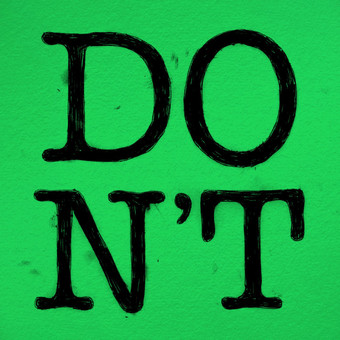In the late 1980s, when I was about three years into my career, I went to work for a business-to-business ad agency that did not have a creative brief as part of its process. I didn’t know this when I took the job. I learned to ask the question every time I moved jobs after that.
When I protested the absence of the brief, the response was: Fine, we’ll start using a creative brief. You write it. I was a copywriter. Not a senior copywriter. Just a copywriter. The account department wanted nothing to do with it. I was on my own.
So I started writing the creative brief. It was the first experience of frustration with this document that ultimately led, 20 years later, to the publication of my book, How To Write An Inspired Creative Brief.
I wrote the creative brief for that agency for the two years I worked there.  I do not recommend it for any creative, no matter how much better you think you can do it.
I do not recommend it for any creative, no matter how much better you think you can do it.
Why not?
I have three reasons why creatives of any stripe should never write their own creative briefs, by which I mean independent of any input from the account management department.
1. It’s not your job, man.
I can’t say it any plainer. The creative brief exists for the sole purpose of inspiring the creative department. Ergo, creatives can’t author their own inspiration.
It’s like trying to tell yourself a joke. You already know the punchline. And it’s no longer all that funny.
2. Never solo, always as a team.
I am an advocate of collaboration: creatives and account people should work on this document together for every project. They should also brief the creative team(s) together.
When I say “account people and creatives,” however, I am not speaking about a committee. I refer to a team: One account person, one creative. It’s the same team structure you find in the creative department with one writer and one art director: Two strong, disciplined professionals who balance out the other.
(Anyone remember this: What is a camel? A horse put together by a committee. I rest my case.) 
3. The creative brief has to surprise.
Here’s the rub. The creative brief must inspire. But it doesn’t have to produce the final, agency-endorsed creative idea.
Whoa…did he just write that?
Yes he did. Read it again. The creative brief does not have to produce the winning concept from the creative department, but it must inspire the creatives to get there.
There’s a big difference. A great brief lights a fire. A so-so brief does not. If you’re at all familiar with how the mind produces an idea, you know that the first piece of fuel it needs is…information.
And not just any kind of information. Insightful information. Relevant information. Information that teases, provokes, instigates.
So who has a keen awareness of the creative process? The creatives themselves. That’s why including a creative on the two-person team that writes the creative brief is so vital. The creative brief-writing team needs the same kind of yin-yang balance that you find in the creative department: two people who can act as the BS detector for the other.
Let’s remember something else: The creative brief has only to get the ball rolling. It has to start the process. Don’t put unnecessary pressure on this document to produce the final big idea. That’s the job of your creatives. They just need a good shove in the right direction.
An inspired creative brief must surprise.  It doesn’t have to solve the problem.
It doesn’t have to solve the problem.
Creatives: Don’t be so arrogant that you think you can write a better creative brief than your account management colleague.
Account folks, don’t try to do the job alone.
Work together.

